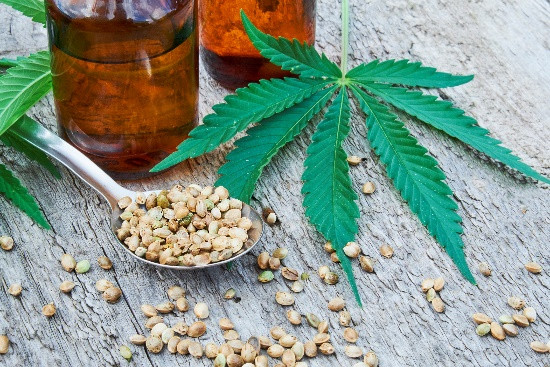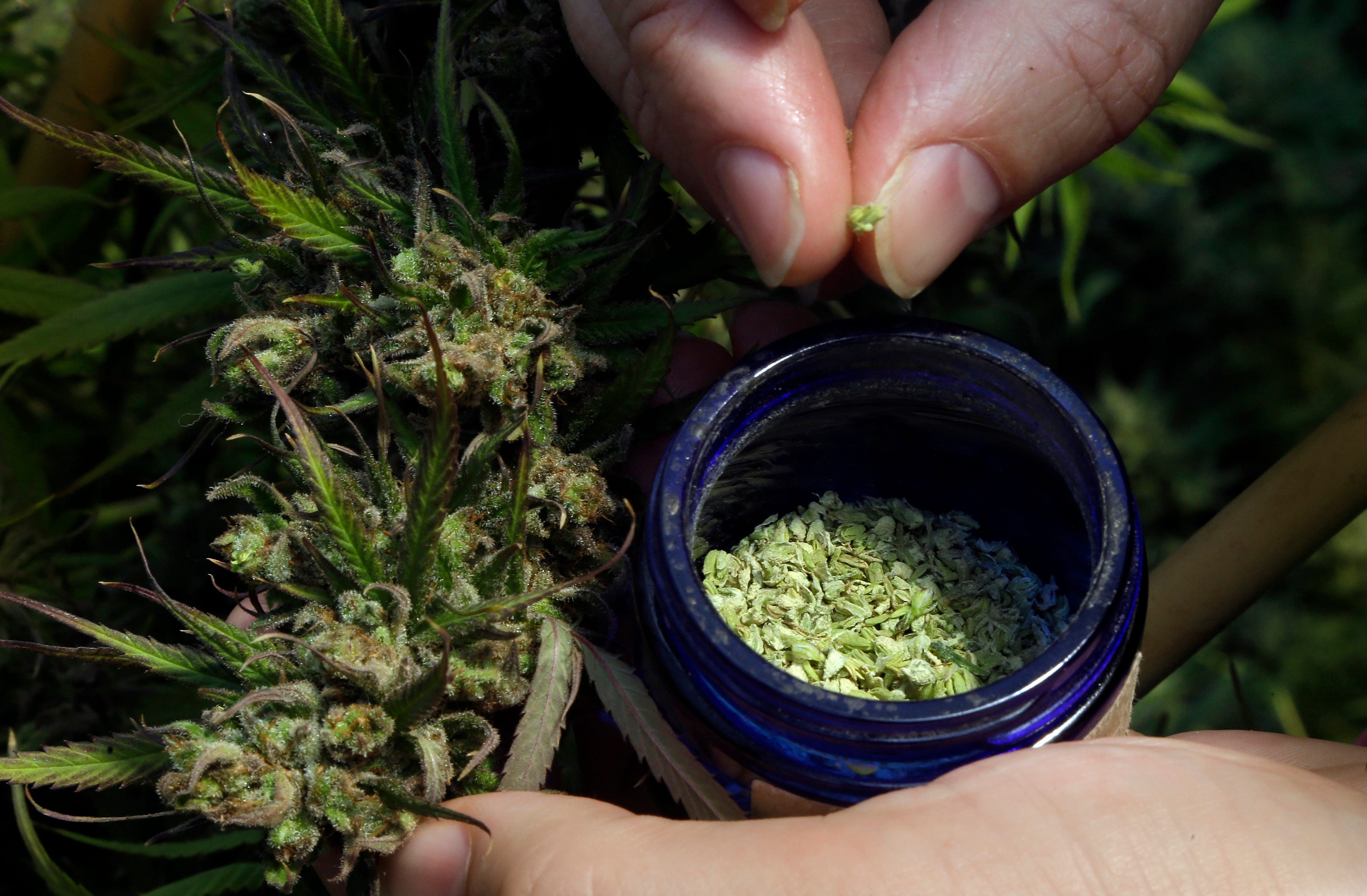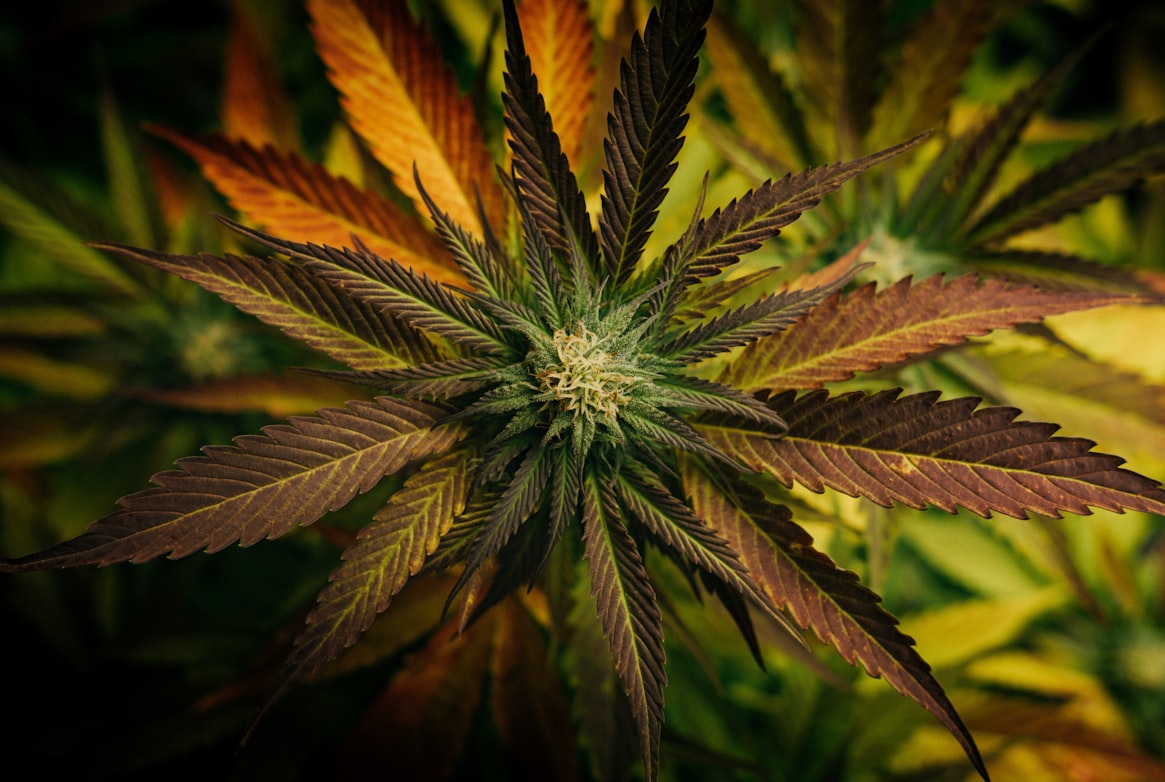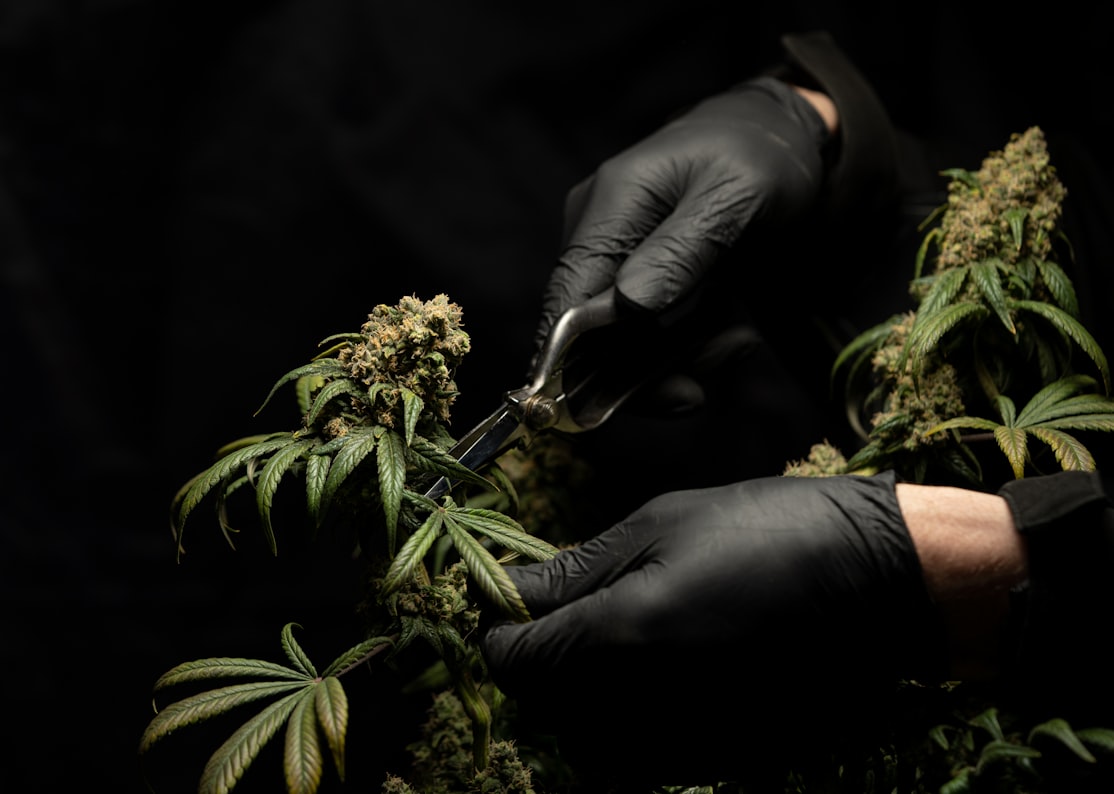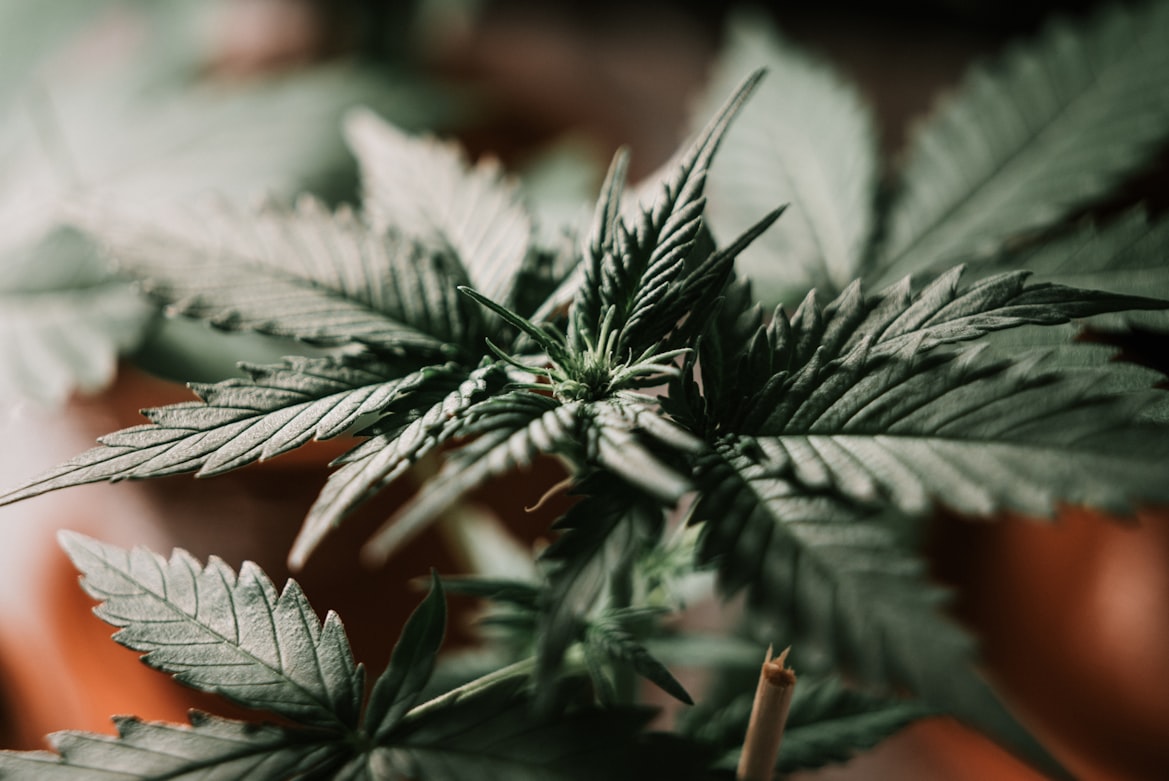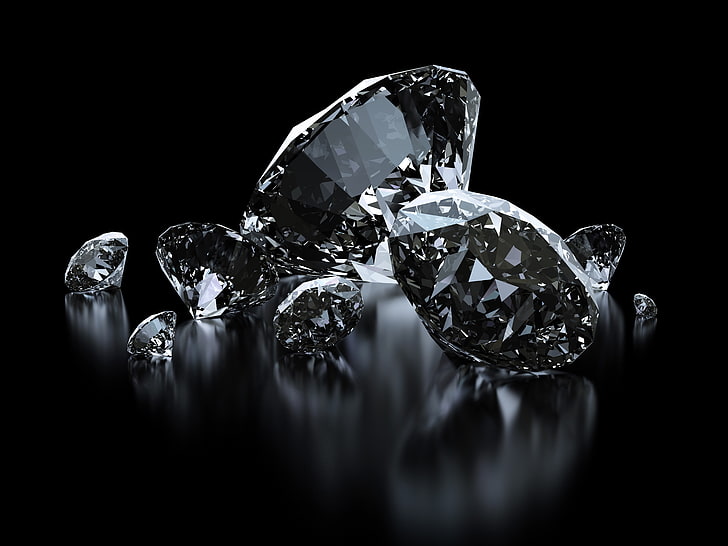What You Need To Know About Feminized Hemp Seeds

As a result of the 2018 Farm Bill, more farmers are now growing hemp. It is likely that unless you have already read this before, you have heard about feminized hemp seeds, but you might not know much about what they are. This article will give you some insight into feminized seeds and why you should use them if you are interested in learning about hemp farming or if you wish to become a hemp farmer.
If you are interested in feminized hemp seeds, please check this company\’s website. They have incredible reviews.
Feminized Seeds Differ Greatly From Regular Seeds In A Number Of Ways.
It is possible to buy regular cannabis seeds as well as feminized cannabis seeds. Surely, that’s a good idea. Male cannabis plants are preferable to female ones. There are more cannabinoids produced by female plants than by male plants, which is why male plants produce less.
When female plants are fertilized by male plants, the levels of cannabinoids in these female plants also diminish. You won’t make money from your farm unless you grow male plants, since cannabinoids are what you’ll be selling. Feminized hemp seeds are an excellent option here Feminized hemp seeds are an excellent option here Feminized hemp seeds are an excellent option here . Due to the fact that only female plants contain the genetic material, the seeds should also produce female plants, possibly helping farmers increase their yields and earning potential.
How Can Feminized Seeds Benefit You?
The use of feminized seeds means plant growers don’t need to worry about whether their plants will be males or females. In order to identify and remove male hemp seeds as quickly as possible, farmers need to closely monitor hemp seeds. Women’s seeds, on the other hand, guarantee that only female plants will grow; this allows farmers to make the most out of the land and resources they have at their disposal.
Growers can also save time by using feminized seeds. Since the gender of a hemp plant can often be determined after a few weeks, farmers waste time waiting for the right plant only to be forced to remove the boy. A farmers’ wait time can be minimized when they use women-specific seed varieties.
Plants that are female will yield a higher yield if they are all planted in the garden. In part, this can be explained by the fact that each plant produces marijuana buds with the highest CBD content.
Furthermore, your farm lacks male hemp plants, so the CBD content will be reduced (because you will not have any pollination). Planting areas can be utilized to the fullest extent if you keep in mind that each plant has a function.
What is the Disadvantage?
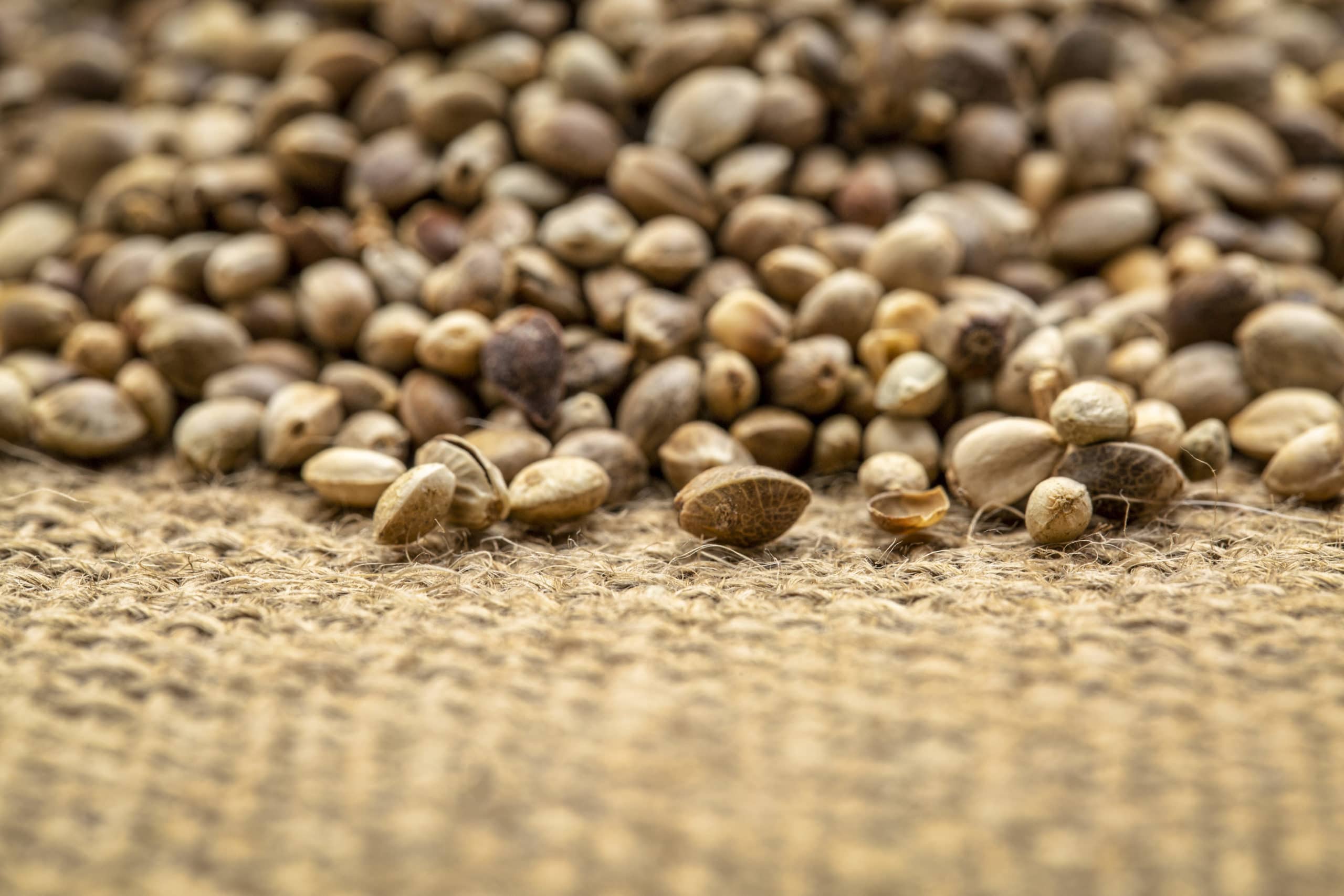
Those who grow hemp for CBD production will be more profitable. CBD is one of the most profitable parts of hemp plants. Using both feminized and male seeds, new strains of cannabis can be developed.
Furthermore, it is also possible to obtain hermaphrodite hemp seeds that are low in quality. A high-quality feminized seed can be purchased to avoid the situation described above. Select breeders who have a reputation for being trustworthy and reliable.
To Produce Feminized Seeds, What Methods Are Used?
Through a process known as menstruation, female marijuana plants produce and distribute pollen to their male counterparts, which in turn bolsters the development of feminized cannabis seeds.
Pollen from male flowers can then be used to fertilize female flowers. Plants with only female chromosomes produce female plants when pollinated by pollen.
As a consequence of the stress that a female hemp plant has to deal with, male flowers will be produced. In addition to disrupted light cycles and high temperatures, there are many stresses associated with it. Methods such as these are effective, but they cannot always be accurate, especially when implemented by people without the appropriate expertise.
Recent decades have seen breeding techniques improve dramatically.
We can achieve better results by simplifying the masculinization process. Silver nitrate, gibberellic acid, and silver thiosulfate are among the chemicals used in this process.

